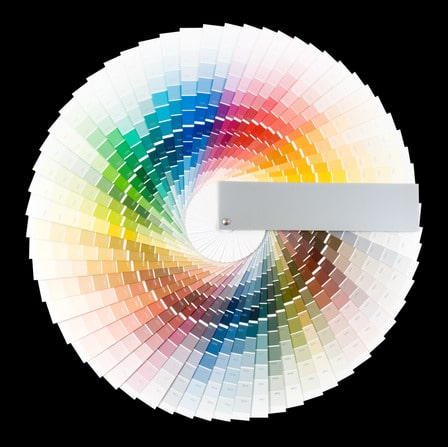Before You Paint in Littleton, CO: Understanding The Color Wheel
Before you paint in Littleton, CO, you should know a few things about color chemistry. Where some people go to the store and buy one color to slather on the walls, you find the need for diversity. You have an accent color to go with your primary color, and your accent colors have accent colors.
But with all this color, it is easy to get lost in a sea of color. Before you put brush (or roller) to your canvas or wall, there is a way to minimize mess ups and cut back on clashes. A little understanding of the color wheel can go a long way to creating the perfect paint scheme.
Primary Colors
There are three primary colors on the color wheel: red, blue and yellow. All other colors are in some way derived from these colors. True red, blue, and yellow are a bit intense and a little goes a long way.
Secondary Colors
Secondary colors are created from equal parts of two primary colors. Red and blue make purple, yellow and red make orange, yellow and blue make green. Unfortunately, their proximity to the primary colors still make them a bit intense for paint in Littleton, CO homes.
Tertiary Colors
Here is where we start to see some beautiful hues emerge. Tertiary colors are created by combining a primary color with a related secondary color. For example, mixing blue and violet (a related secondary color) creates a more mellow blue-violet.
Now that we understand the members on the wheel, let’s consider how they work together.
Complementary colors are colors that are exact opposites on the wheel. These work well to provide a contrast in a color scheme.
Analogous colors are a set of three connected colors. For example, blue, blue-violet, and violet are analogous colors. These work well to provide different hues, giving depth and interest.
The color wheel can be a great tool in helping you choose a color pallet that is harmonious and well balanced in terms of paint in Littleton, CO homes. Happy painting and good luck!
